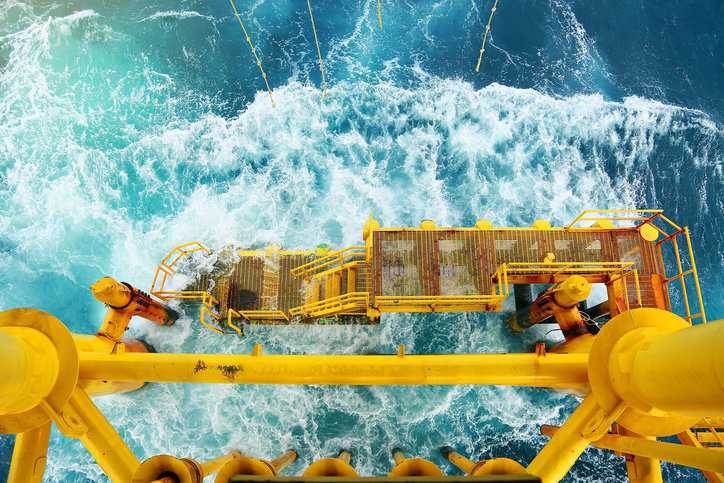ISO 14064-5—Verification/Validation GHG Statements
The ISO 14064 Series The ISO 14064 series is a set of international standards that provides a framework for quantifying, reporting, and verifying greenhouse gas…

The ISO 14064 Series The ISO 14064 series is a set of international standards that provides a framework for quantifying, reporting, and verifying greenhouse gas…

Sustainability is increasingly important for professional service jobs as clients and stakeholders prioritize environmental and social responsibility, leading to increased opportunities and a growing demand for…

Do you know what Okinawa, Japan; Sardinia, Italy; Loma Linda, California; Ikaria, Greece; and Nicoya, Costa Rica all have in common? These are the five…

Besides improving safety, understanding metocean conditions can also help optimize the design and maintenance of offshore structures and reduce the risk of environmental damage or…

76% of consumers would cease doing business with a company that neglects environmental, social, and governance (ESG) principles; further, studies show ESG propositions can positively impact…

Residential waste water treatment systems reintroduce wastewater into the environment—enabling wastewater to become part of the water cycle and accessible for further use. It is…

Water covers 71% of the earth. Life simply cannot exist without water. If there is one thing that matters more than the availability of water, however,…

Nearly all electricity is consumed in a building of some kind: homes, retail establishments, offices, schools, factories, hospitals—the list goes on. ANSI/ASHRAE/NEMA Standard 201-2016(R2020): Facility…

Globally, 40% of the population earns its income from agriculture; hence, agriculture is the largest employer in the world—employing over one billion people. Agriculture also…